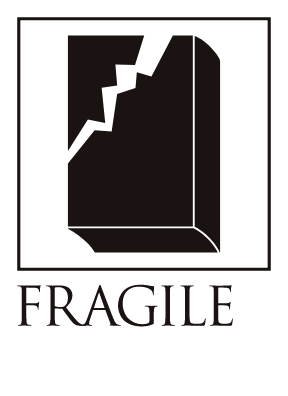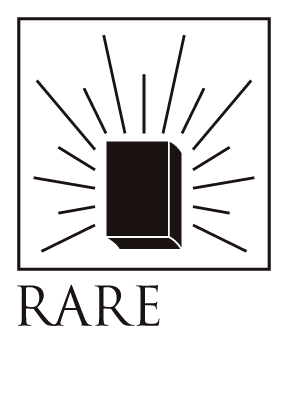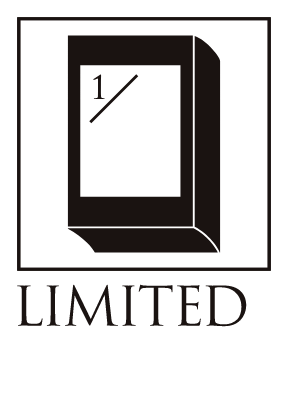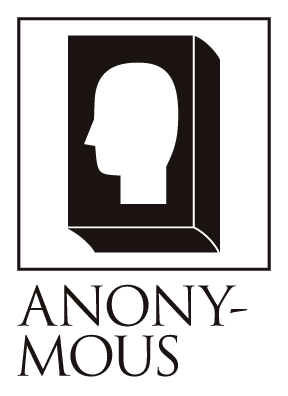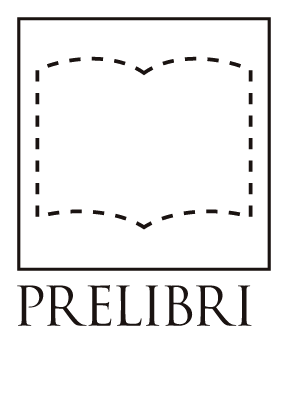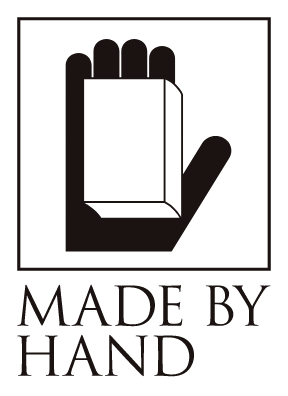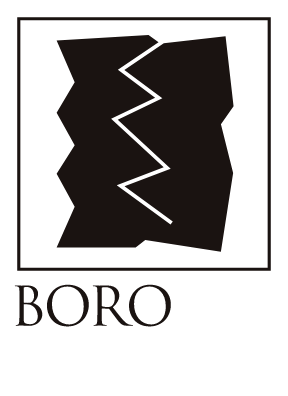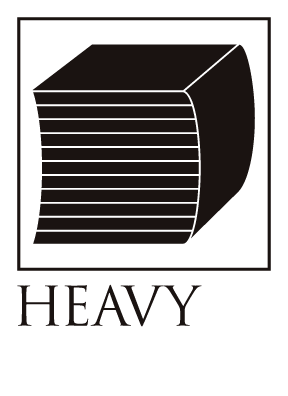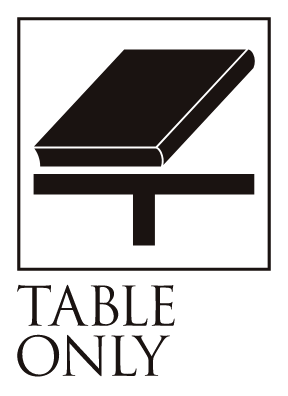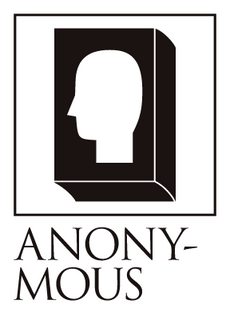Navy paper striped book/Shimacho on indigo paper
Bibliographic Details
- Title
- Swatch of striped fabric on indigo paper / 紺紙縞帳
- Artist
- Anonymous / アノニマス
- Images
- 368 pieces of cloth / 368枚の端切れ貼り込み
- Year
- Edo Period / 江戸時代
- Size
- h210 × w160 × d20 mm
- Weight
- 160g
- Pages
- 20 pages
- Binding
- Bound in Japanese style / 和綴じ製本
- Materials
- Japanese paper / 和紙
- Edition
- Unique / 一点物
The striped book is
Written with thread
A diary without words.
This time, we will be serving up some fragile delicacies from Shiondo in Ginza.
I would like to take a closer look at this "Shimacho."
A "shimacho" is a sample book made by recycling used daifukucho books and pasting in dozens to hundreds of scraps of striped cotton. Most shimacho books are filled with stamp-sized pieces of fabric pasted in with no gaps, and have no title, caption, or folio. Of course, there is no table of contents, colophon, or index. It is a silent book. Even so, when you look at these enigmatic fabric samples, you get the feeling that they are trying to tell you something, and once you turn the page, you can't take your eyes off them.
The randomly applied stripes are diverse, including Sensuji, Mansuji, Minjimuji, Komochi Daimyo, Kasane Koshi, Miso Koshi, Okina, Ajiro Koshi, Kasuri, and many more, and no two patterns are the same. The accidental stripes, alternating stripes, and overlapping arrangements are also interesting, and demonstrate the weavers' improvisational creativity.FRAGILE BOOKSThe collection has been inducted into the Hall of Fame.A striped book attached to the Ise calendar" used the annual calendar "Ise Calendar" instead of a Daifukucho, which was also an unusual item, but this "Konshi Striped Book" is also quite a rare item. As you can see, this book is characterized by the indigo-dyed tissue paper pasted over scraps of striped cotton, which makes each and every stripe stand out against the navy blue background. It even has a dignity that reminds me of Chusonji's "Konshi Kinginji Kosho Issaikyo," which surprised me when I saw it for the first time. However, perhaps the creator ran out of energy midway, or no longer felt the need to continue, or perhaps they ran out of navy blue paper, but the last few pages do not have the navy blue tissue paper pasted over them.
By the way, who made such a "striped book" and for what purpose?
For hundreds of years, from the Edo period through to the beginning of the Showa period, the anonymous creators of the Shimacho were housewives who lived peaceful lives in farming, mountain and fishing villages. At first glance, they appear to be ordinary bound books, but the types of pasted scraps do not only include scraps from the family's own machines, but also scraps exchanged with neighbors or friends, and many even include rare scraps from overseas, and the Shimacho have been carefully preserved in each household for generations, from parents to children and children to grandchildren. The reason why the Shimacho have been so treasured is because they were not simply scrapbooks or hobby albums, but had the power to support the lives of families.
In "Things Before Cotton," Yanagita Kunio wrote that the arrival of cotton "was a clothing revolution." It was during the Edo period that Japanese farmers began to cultivate cotton and devote themselves to spinning and weaving it. Thanks to the shogunate's generous acceptance of cotton as a cash crop, cotton became a major means of supporting the household income of farmers who had had few options for earning cash income up until that point. To give you an idea of how much income they made, records from the end of the Edo period show that the wholesale price of Matsusaka cotton was one ryo for six tan of cotton. Even though there was a law that forbade weaving during the busy farming season, farmers were able to make as much as one ryo out of six tan of cotton a year.10For months, they were able to devote themselves to weaving. On average, they sold six bolts of cloth to the middleman per month, which meant annual sales of 10 ryo for sixty bolts. Even if only half of that was kept as profit, it still amounted to a huge income of five ryo per year. Whether or not the middleman bought the cloth determined the fortunes of the family. Even in a homely business environment, the sample book "Shimacho" was an indispensable item.
There is still a lot more to be learned about the story of stripes in the Striped Book. Stripes are "islands" and originally came from islands far across the sea. So the pattern called "Santome" or "Tozan" is said to have originated from the "St. Thomas" of India.St.Thomas) is a variation of the name of the port of Oda Nobunaga. The mado that Rikyu used on his shifuku comes from the Chinese city of Guangdong. Stripes were a scandalous pattern worn by executioners and prostitutes in medieval Europe, but in the town of Edo they were the most stylish and fashionable fashion. Stripes do not exist in China, but are ubiquitous in Japan. I will talk about these topics in more detail next time I cover "Striped Books."
The striped book is an indescribable masterpiece. You can only find something like this in Japan.The book is bound together with:These stripes were created by women who were busy working in the fields, doing housework, raising children, and weaving, and poured their passion into them.The striped book isIt's a wordless diary bound together with thread, a story of women's blues.
Text by Osamu Kushida
[Reference books]
・Yoshimoto Kamon, "Illustrated Guide to Stripes, Stripes, and Checkered Patterns," Graphics-sha (1976)
・Yoshimoto Kamon, "Japanese Sarasa Pattern Picture Book" Graphic-sha(1976)
・Akiko Takehara, "The Mystery of Stripes," Kojinsha (2011)
・Nostalgia Research Group "Old Cotton Stripe Book" Kyoto Shoin (1974)
